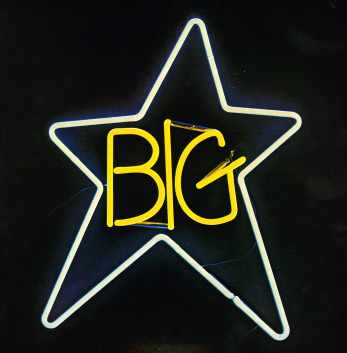“The greatest obstacle to discovery is not ignorance – it is the illusion of knowledge.”
– credited to Daniel J. Boorstin and Stephen Hawking, among others
“If someone doesn’t value evidence, what evidence are you going to provide to prove they should value it? If someone doesn’t value logic, what logical argument would you provide to show the importance of logic?”
– Sam Harris, “Is the Foundation of Morality Natural or Supernatural? – William Lane Craig vs. Sam Harris, University of Notre Dame, Notre Dame, Indiana, United States – April 2011
“There is a cult of ignorance in the United States, and there always has been. The strain of anti-intellectualism has been a constant thread winding its way through our political and cultural life, nurtured by the false notion that democracy means that “my ignorance is just as good as your knowledge.
– Isaac Asimov, Column in Newsweek (21 January 1980)
The rise of online communication over the last 20 years, culminating in what we now call social media, has been pivotal in making vast amounts of information available to an increasingly large percentage of the global population. People can now rapidly connect with one another to exchange ideas, organize groups, and plan events. The convenience of this technology has made our collective human knowledge accessible to a degree not possible even a decade ago.
While increased availability of information is surely a sign of progress, we are now faced with the arduous task of separating the wheat from the chaff when considering social media posts, stories from pseudo-news sites, infographics, advice from “health gurus,” and yes, even random blogs like this one. The flood gates have opened, and suddenly everyone with an internet connection is an expert. Opinions easily become facts, and emotions often trump logic. The propagation and acceptance of misinformation can result in the illusion of knowledge – an outcome with far worse implications than mere ignorance of the facts.
Take, for example, the anti-science movement, a blanket term which includes creationists, the anti-GMO crowd, anti-vaxxers, homeopaths, and flat-Earthers. Even in the face of hard evidence (or no evidence, as the case may be), these groups reject universally accepted scientific truths, and instead have the arrogance to consider themselves better informed than scientists and doctors with actual training and firsthand experience.
What we’re talking about here is a shocking level of complacency and gullibility, as well as a lack of basic common sense. Creationists believe that the Earth is less than 10,000 years old, yet drive cars powered by fossil fuels that take hundreds of millions of years to form. The flat-Earth theory, perhaps the most preposterous of all, can be dispatched by simply witnessing a lunar eclipse (if the numerous images of our very round planet were not enough evidence to the contrary).
Make no mistake – everything we’ve accomplished as a species, from increased life expectancy to our understanding of the universe, is a direct result of science, regardless of what you read on Facebook. If you don’t agree, put down your smart phone, turn off your computer, go buy some candles, and pray you don’t get the measles.









